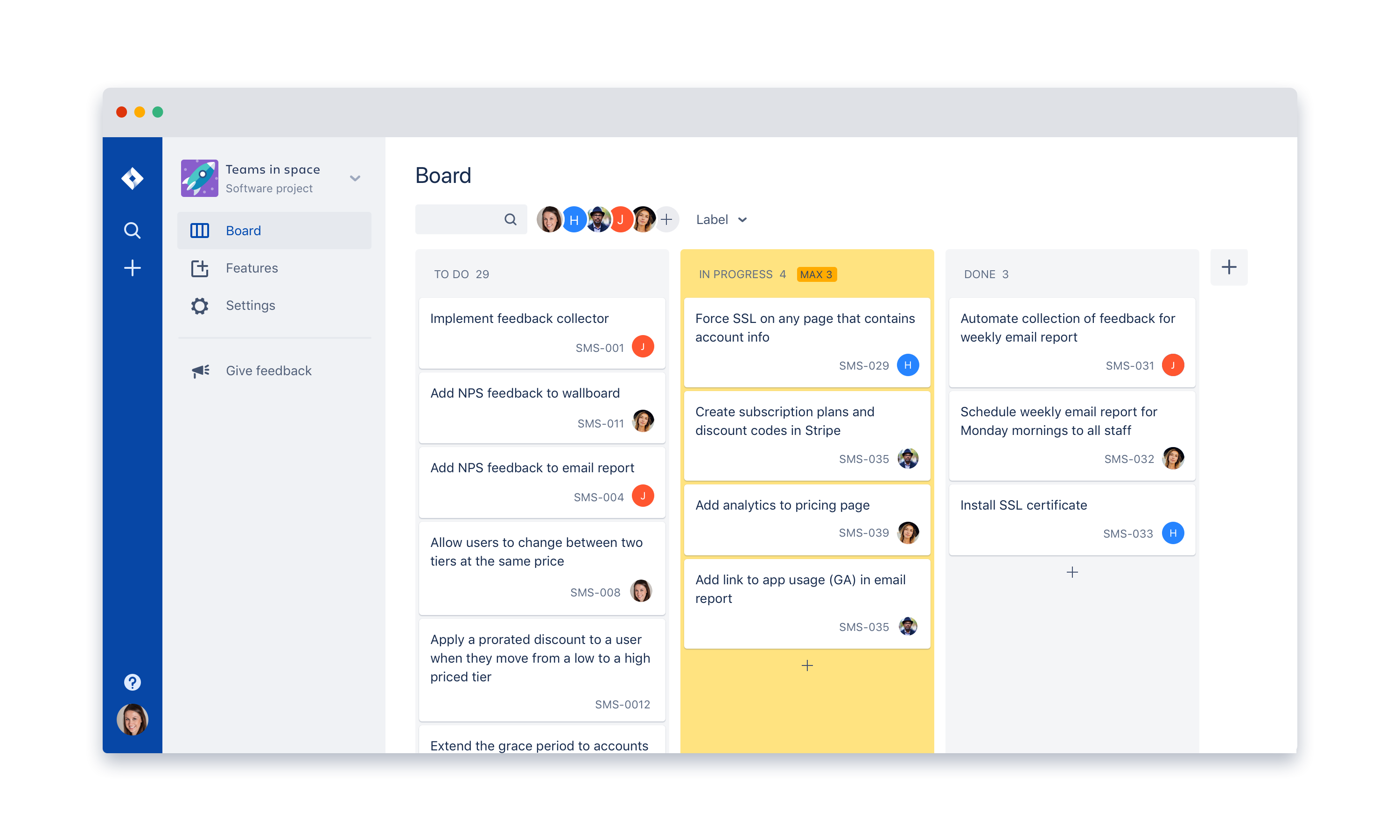Introduction
It has been about two years since I began doing research at a pharmaceutical company, following my postdoctoral fellowship in academia. One big change was going from a role of doing science, into a role that involved more managing science in addition to doing science (this might be similar to the changes my young academic PI colleagues face). This seems to be especially key in industry settings because the science is generally more team-based. While I still do science, I find myself needing to manage larger groups of individuals around a project. This comes with its own learning curve and skill set. As I continue down this path, I wanted to reflect a little on this transition and some tips I have found useful. Hopefully others find these somewhat helpful as well.
When it comes to managing larger project groups, I think us biologists (either on the wet or dry side of the lab) can learn a lot from our software engineering colleagues. One of the most influential skills I have learned has been the ability to do scientific research using an Agile/SCRUM approach. There is a lot to working in an Agile/SCRUM framework (you can read the foundational philosophies here), but this sort of framework has ended up working pretty well for the groups I am involved in, and I want to share some of my experiences.
There are three basic components to effectively work in this type of Agile environment.
1. Using a Kanban Board
The Kanban board is a tool for managing tasks and progress. It is essentially a todo list of tasks that are organized into a couple columns that reflect the progress of each task. In my groups, we use four columns for measuring progress: The backlog, which holds tasks that we are not currently working on, but will later; the tasks that are in progress, the tasks that are being reviewed (e.g. a completed experiment that the rest of the group is looking over), and the completed tasks. By assigning each task to a team member, a topic (the bigger part of the project that the task fits in to), a priority, and a description, you can easily track the progress of the team toward completing the goals of the project (and because this is science, there is room to change course when we learn new information). This works as a nice “guiding star” for the group, and can help other team members know what the others are working on.

A generic example of a Kanban board for managing tasks. The tasks move from the todo list on the left, to the complete column on the right.
Trello and GitHub are commonly used tools for managing Kanban boards. Our group uses JIRA, but there are a lot available out there so you can try them out and see which you and your team like.
2. Standup Meetings
I have found standup meetings to be crucial to our teamwork, but it is a meeting type that is not commonly known. The idea behind standup meetings is that they are regular meetings (every day, week, or whatever) in which everyone remains standing, which prevents members from getting comfortable and keeps things moving quickly. I have found success in holding these meetings for a half hour every other week. We usually go through the Kanban board, with each task getting a progress report from the person to which the task was assigned. These efficient meetings both give the group an overview of how the entire team is progressing, but also provides an opportunity to identify areas that require additional conversation or help from other members.
3. Sprinting Science
After working for a few months through the above framework (Kanban boards and standup meetings), we encountered an issue of prioritization. It’s easy to assign somebody ten different tasks, but the workload can quickly become overwhelming and everything can move forward slowly. As a way to mitigate this issue, I have found success in embracing the “sprinting” philosophy from SCRUM, in which we keep our expectations to prioritizing what can be accomplished in a single two-week period. Usually this ends up looking like somebody being assigned two or three tasks for an upcoming two-week spring, but it depends on what your tasks look like (quick software updates will take less time than long in vitro cell culturing experiments). These few tasks ultimately become the primary topics of the next standup meeting because those are the main areas that were worked on between the two meetings.
Conclusions
By putting these three practices together, teams can work really effectively together to push the group’s science forward. The Kanban board serves as a guiding light for the group and measures group progress, the standup meetings provide a way to review team progress and identify areas to help each other, and embracing a sprinting mentality keeps tasks prioritized on what can be realistically done in the next short window of time.
These are just some basic ideas for how this can all work, but they have seemed to work well in my experience. If you are wondering how to effectively manage your group’s science, hopefully some of these principles will also be useful. Any thoughts on how this could work better, or questions on the topic? Leave a comment or reach out on social media or email. I always love hearing from readers!
comments powered by Disqus